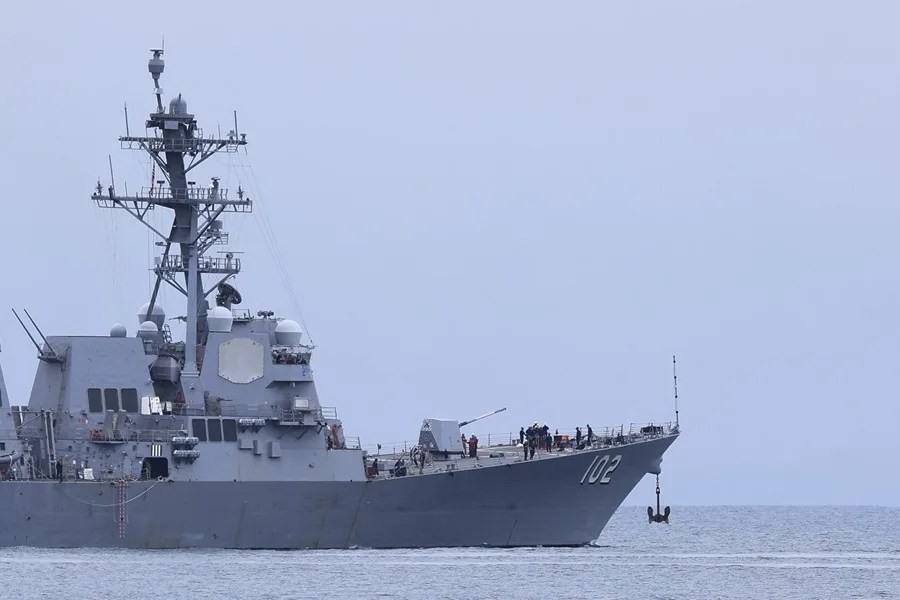USS Sampson’s Panama Visit Masks Broader U.S. Military Posturing in Latin America
The USS Sampson’s stop in Panama is more than a routine courtesy—it’s part of an escalating U.S. military operation near Venezuela, raising tensions in the region and challenging America’s strategic priorities.

While Washington frames the USS Sampson’s presence in Panama as a mere “courtesy visit,” the broader context reveals a calculated military posture aimed at projecting American power just off the coast of Venezuela. The arrival of this missile destroyer, accompanied recently by other warships and even a nuclear-powered submarine, represents more than naval diplomacy—it signals an aggressive stance under the guise of combating narcotics trafficking.
Is This Really Just a Courtesy Call?
The Panamanian Canal authorities insist that visits like these are routine and longstanding, emphasizing that multiple navies pass through the vital waterway regularly. However, this claim overlooks the heightened geopolitical stakes tied to recent deployments. The USS Sampson, currently anchored near Panama City and poised to transit the canal, arrives amid a significant surge of U.S. military assets operating in Caribbean waters adjacent to Venezuela.
These deployments coincide with aggressive actions such as precision strikes targeting drug shipments allegedly emanating from Venezuelan ports—actions publicly confirmed by President Donald Trump and Secretary of State Marco Rubio. While combating drug trafficking is undoubtedly necessary, these operations serve dual purposes: exerting pressure on Venezuela’s government and reinforcing America’s military dominance in a region critical to national security.
How Does This Affect American Sovereignty and Security?
From an America First viewpoint, ensuring national sovereignty means securing our borders against threats—including drugs flooding across them—but it also requires prudent use of military resources without needlessly provoking regional tensions or globalist entanglements. The Pentagon’s heavy-handed show of force risks escalating conflict unnecessarily and distracting from domestic priorities.
Moreover, Washington’s rhetoric framing Venezuelan leadership as narco-traffickers while offering enormous cash rewards for regime change raises concerns about overreach reminiscent of failed interventions abroad. Rather than fostering stability through diplomatic solutions aligned with national interests, these maneuvers risk destabilizing our hemisphere further—potentially driving migration pressures northward at our already challenged southern border.
This unfolding scenario starkly contrasts with previous successful policies rooted in respect for sovereignty and clear-eyed pragmatism—values championed by leaders who prioritized secure borders over foreign adventurism.
What Comes Next for U.S. Strategy in Latin America?
- The continued militarization near Venezuela suggests Washington remains committed to coercive tactics rather than partnership-driven approaches.
- American taxpayers must question whether deploying costly naval assets abroad truly protects their families at home or simply serves entrenched bureaucratic interests.
- A recalibration toward comprehensive border security combined with targeted law enforcement cooperation could yield better results without risking wider instability.
The USS Sampson’s so-called “visit” is emblematic of broader patterns requiring transparency and accountability—not euphemisms masking strategic posturing. How long will policymakers gamble with regional peace while the nation faces pressing domestic challenges?
